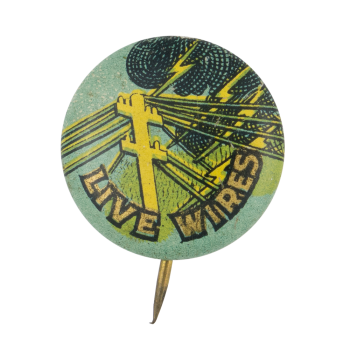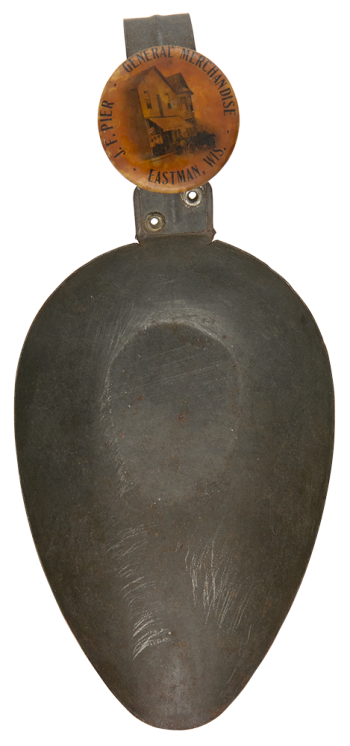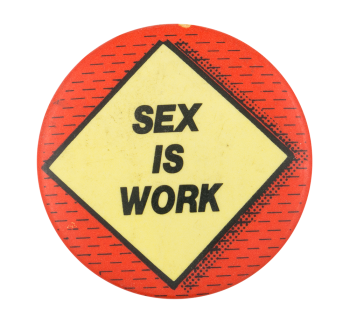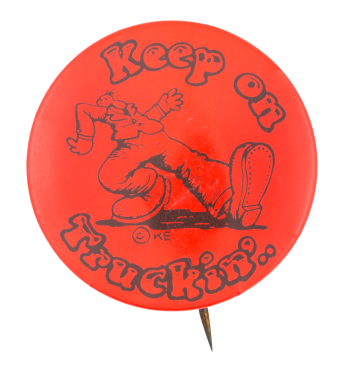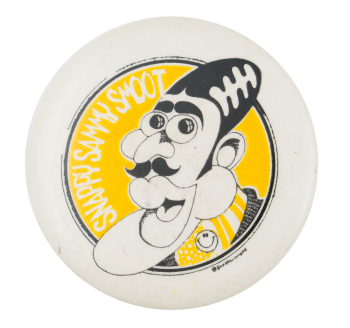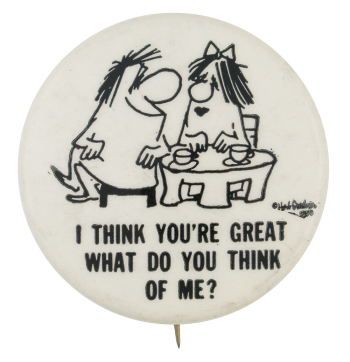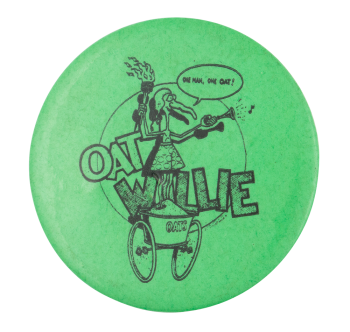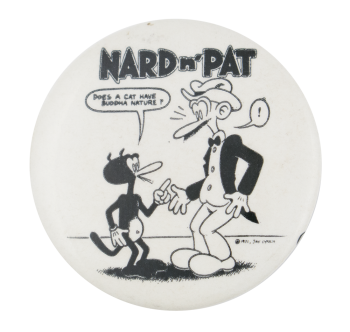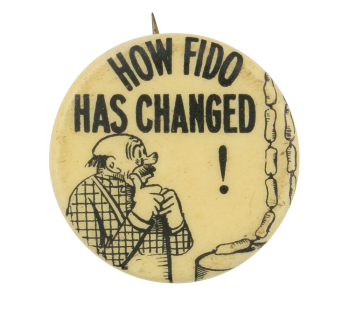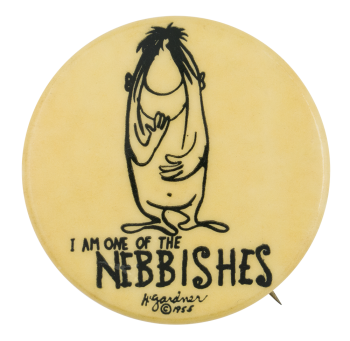Live Wires
| Category | |
|---|---|
| Additional Images | |
| Sub Categories | |
| Text on Button | LIVE WIRES |
| Image Description | Illustration of a yellow electrical pole with wired on a blue background with blue and gold text underneath |
| Back Paper / Back Info |
DAVID C. COOK PUBLISHING CO., C/O ELGIN, NEW YORK BOSTON |
| Back Style | |
| The Shape | |
| The Size | |
| Additional Information | David C. Cook is a nonprofit Christian publisher dedicated to delivering religious ideology via books and curriculum, as well as through their music division and global outreach efforts. The company was founded in Chicago in 1875 by David Caleb Cook with a mission to provide religious pamphlets and teaching materials for children to churches whose congregations were impacted by the Great Chicago Fire. Live Wires (now known as Live Wire) is a weekly take-home magazine for students in grades 5 and 6 or kids who are of ages 11 and 12. They include short stories, articles, puzzles, and other lesson activities with integrated bible discovery to help engage kids in worship. |
| Sources |
David C Cook. (n.d.). About. https://davidccook.org/about/
David C Cook. (n.d.). HeartShaper. https://davidccook.org/curriculum/heartshaper/ages/
|
| Catalog ID | CA0721 |

